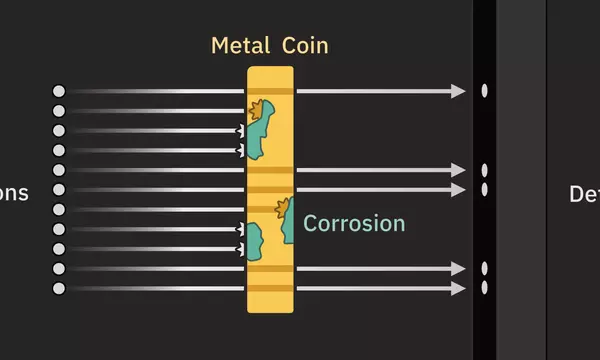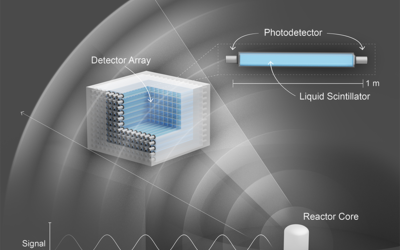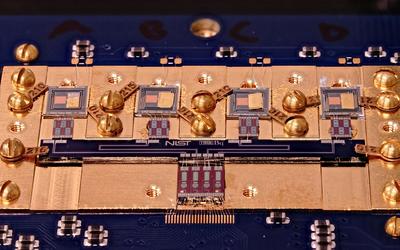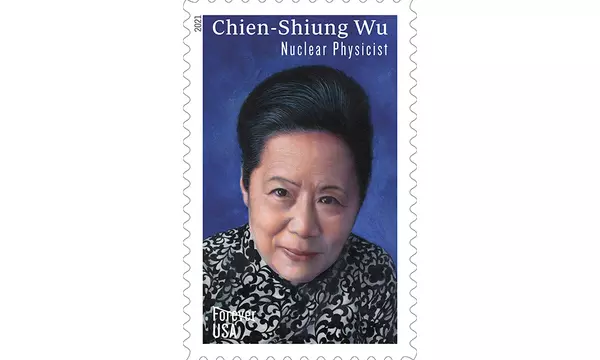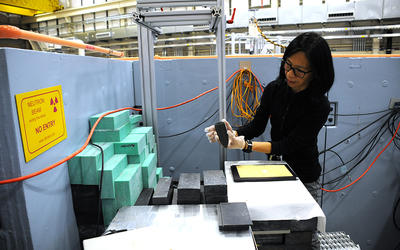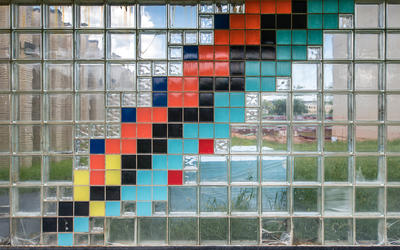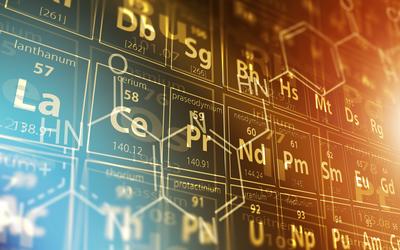News and Updates
NIST Team Uses Neutron Beams to Authenticate Historic Coins and Spot Fakes
Imaging antique coins with beams of low-energy neutrons, researchers at the National Institute of Standards and Technology (NIST) and their colleagues have demonstrated a method to distinguish century-old coins from fakes. Authenticating coins is critical because scientists rely on them to chronicle the economic, political, and scientific developments of nations. NIST researchers Youngju Kim
Blog Posts
A ‘Forever’ Stamp and a Discovery That Changed Physics Forever
With a new “forever” stamp honoring "First Lady of Physics" Chien-Shiung Wu, we have come very close to seeing a National Institute of Standards and Technology (NIST) researcher on a U.S. postage stamp. Over the course of six months in 1956, Wu worked with researchers Ernest Ambler (who went on to become NIST director in the 1970s and ’80s), Raymond W. Hayward, Dale D. Hoppes and Ralph P. Hudson


